10 Essential Coffee Brewing Methods for Every Connoisseur
To elevate your coffee experience at home, consider experimenting with flavorful additions such as …….
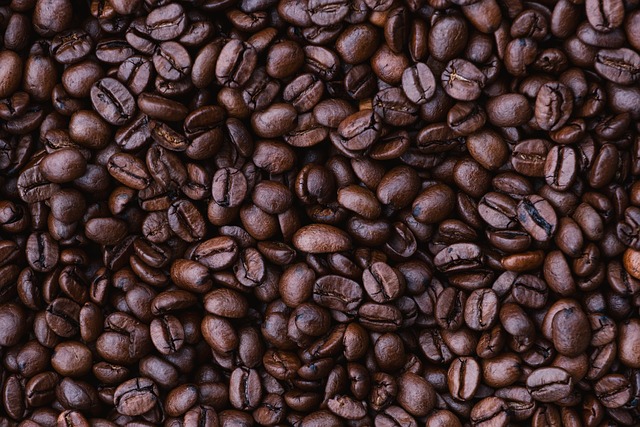
To elevate your coffee experience at home, consider experimenting with flavorful additions such as turmeric for health benefits, mushroom extracts for cognitive enhancement, or classic ingredients like honey and cinnamon for a warm, sweet flavor. Indulge in chocolatey mocha treats by mixing cocoa powder with frothed milk, or savor the complexity of vanilla spice coffee with a blend of ground cinnamon, nutmeg, and cardamom. For those who enjoy a touch of sweetness and saltiness, a salted caramel coffee can be prepared by combining melted caramel sauce with sea salt in frothed milk. Lastly, for a refreshing twist, try the Vietnamese iced coffee method, which involves brewing strong coffee and serving it over ice with a dash of evaporated milk, capturing the essence of traditional Vietnamese coffee culture. Each of these variations offers a unique way to enjoy coffee beyond the basics, allowing you to craft personalized and gourmet coffee drinks right in your own kitchen.
Discover the world of coffee brewing with our comprehensive guide that elevates your home coffee experience. From the rich aromas of pour-over techniques to the full-bodied extraction of a French press, master the art of crafting café-quality coffee with ease. Delve into the nuanced process of pulling the perfect espresso shot and learn the fine details of frothing milk for those special coffee creations. Explore the differences between cold brew and iced coffee, each offering distinct flavors and invigorating experiences. Enhance your mornings with five healthy coffee recipes, designed to energize and invigorate without compromise. Whether you’re a seasoned barista or a curious newcomer, this guide is your roadmap to unlocking the perfect cup at home.
- Mastering Pour-Over Techniques for Home Brewing Perfection
- French Press: A Comprehensive Step-by-Step Guide
- Espresso 101: Pulling the Perfect Shot at Home
- Cold Brew vs Iced Coffee: The Key Differences and Brewing Methods
- Drip Coffee Mastery: Crafting Café-Quality Brews at Home
- Milk Frothing Secrets for Barista-Level Coffee Creations
- Five Healthy Coffee Recipes for a Morning Energizer
- Top 5 Coffee Recipes to Elevate Your Home Coffee Experience
Mastering Pour-Over Techniques for Home Brewing Perfection
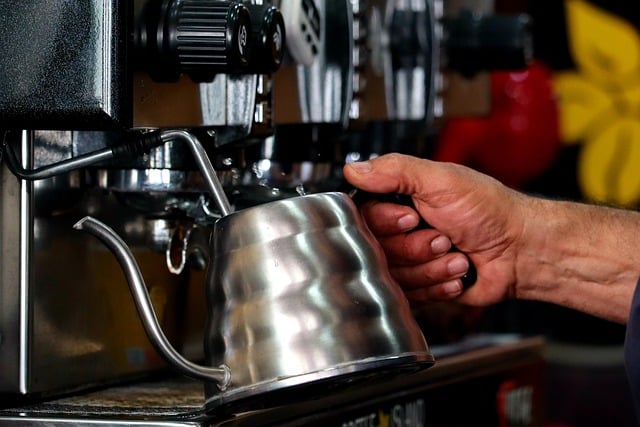
Mastering pour-over techniques at home can elevate your coffee experience from ordinary to extraordinary. The pour-over method is a manual process that allows for greater control over extraction, resulting in a more nuanced and flavorful cup. To achieve perfection, start with the right equipment: a pour-over brewer, such as a V60 or Kalita Wave, a gooseneck kettle for precise water flow, a burr grinder for even coffee grounds, and a scale for consistent measurements.
Before you begin, heat your brewing water to just off the boil—typically around 195°F to 205°F (90°C to 96°C). Grind your coffee beans to a medium-fine consistency. Place a filter in your pour-over brewer and rinse it with hot water to eliminate any paper taste and to warm the server. Now, add your ground coffee—the standard ratio is about 1 gram of coffee to 15-17 grams of water. Start your timer and begin pouring a slow, steady stream of water over the grounds, saturating them completely. Aim to reach a total brew time of 3-4 minutes. After the initial pour, wait for about 30 seconds to allow the ‘bloom’—the expansion of coffee as it hydrates—then continue to pour in a spiral pattern from the center outwards, avoiding pouring directly on the filter. This technique ensures even extraction and helps prevent channeling, where water takes a shortcut through the coffee bed, leading to uneven brewing. As the water filters through the grounds, watch for a consistent flow and adjust your pouring speed as needed. The resulting coffee should be bright, clean, and full of the flavors that your beans have to offer. Practice makes perfect, so don’t hesitate to experiment with grind size, water temperature, and pouring technique until you find the balance that works best for your taste preferences.
French Press: A Comprehensive Step-by-Step Guide
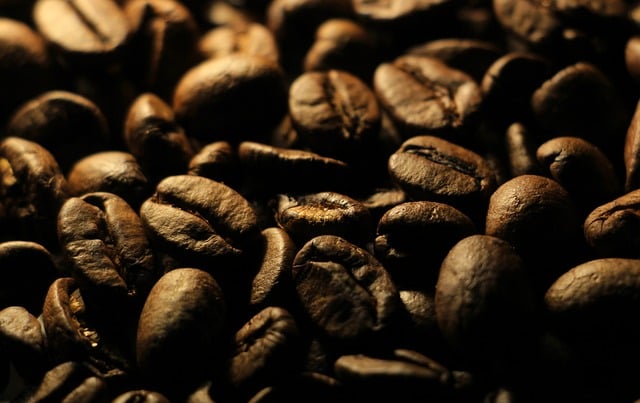
The French Press, also known as a plunger pot or press pot, is a versatile and popular brewing method that allows for the creation of rich, full-bodied coffee. This method involves steeping coarse coffee grounds in hot water and then pressing them out through a metal filter. To begin, start with fresh, filtered water at a temperature of just off boiling, around 90-96 degrees Celsius (195-205 degrees Fahrenheit). Measure one tablespoon of coarsely ground coffee for every six ounces of water you plan to use.
Place the grounds in the French Press and pour the hot water over them, ensuring all the coffee is saturated. Stir gently to fully saturate the grounds and allow them to bloom for about 30 seconds. After the bloom, continue to steep for about four minutes for a balanced extraction; adjust the time based on your taste preferences, as longer steeping times will result in a stronger brew. Once the desired steeping time is reached, slowly press the plunger down without pressing too hard, which could force hot water back up through the grounds and affect the flavor. Serve immediately for the best taste experience, as French Press coffee can continue to extract if left in contact with the grounds. Enjoy your homemade French Press coffee, a delightful balance between smooth and strong, with each sip offering a rich and satisfying cup of java.
Espresso 101: Pulling the Perfect Shot at Home

mastering the art of espresso brewing at home can seem daunting, but with the right equipment and understanding of the process, you can achieve barista-level results. The key to pulling the perfect shot lies in the precision of coffee grounds, water temperature, grind size, and pressure. Start by selecting high-quality, finely ground coffee beans—the fresher, the better. Preheat your espresso machine to ensure that the water temperature is between 195°F and 205°F (90°C to 96°C), as this range extracts the best flavors from the coffee grounds.
Before brewing, tightly pack the coffee into the portafilter basket using the “dose” of coffee that matches your machine’s specifications—typically around 18 to 22 grams. Distribute the grounds evenly and tamp them gently but firmly with about 30 pounds per square inch (psi) of pressure to create a uniform puck. This ensures proper water flow channeling through the espresso puck, allowing for even extraction. Once everything is in place, start the brewing process. The shot should take about 25 to 30 seconds, yielding a balanced and flavorful espresso. If your shot runs too quickly, your grind may be too fine; if it’s too slow or tastes overly bitter, it might be too coarse. Adjust your grinder accordingly for the next attempt. With practice and patience, you’ll develop the skills to consistently pull perfect shots at home, transforming your kitchen into a personal coffee haven.
Cold Brew vs Iced Coffee: The Key Differences and Brewing Methods
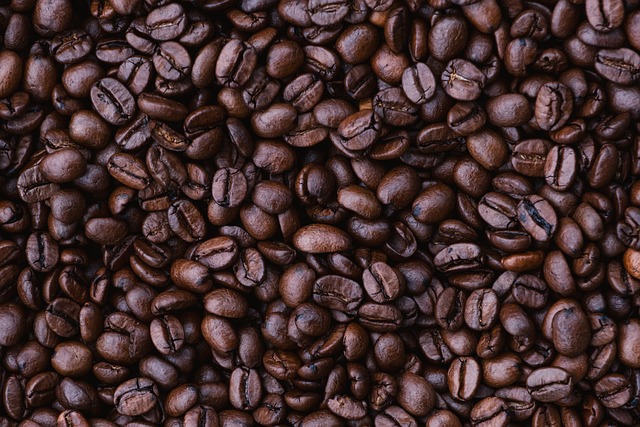
Cold brew and iced coffee, often mistakenly used interchangeably, are distinct brewing methods that yield different flavors and experiences. Cold brew is a slow extraction process where coarsely ground coffee beans steep in room temperature or chilled water for an extended period, typically between 12 and 24 hours. This long steeping time results in a beverage with lower acidity levels compared to hot-brewed coffee, offering a smoother, sweeter taste with enhanced flavors and a creamy mouthfeel. The coarse grind and room temperature water allow for a gentle extraction of the coffee’s natural oils and solids without over-extracting bitter compounds.
On the other hand, iced coffee is simply hot-brewed coffee that is cooled over ice. It’s brewed using the same methods as traditional coffee but served chilled. The rapid cooling from hot to cold can sometimes lead to a higher extraction of tannins and acids, which can result in a more bitter and astringent taste. Additionally, the melting ice further dilutes the coffee, requiring careful consideration of the coffee-to-water ratio to achieve the desired strength. Both cold brew and iced coffee have their merits; cold brew’s smoothness makes it a favorite for many who enjoy a less acidic and more concentrated coffee experience, while iced coffee is perfect for those who prefer a quick refreshment on a warm day and crave the familiar taste of traditionally brewed coffee. To make cold brew at home, you’ll need a large container, coarsely ground coffee, and time—lots of it. For iced coffee, a simple pour-over or drip coffee maker with a good quality ice cube tray can transform your hot coffee into a refreshing treat on a sunny afternoon.
Drip Coffee Mastery: Crafting Café-Quality Brews at Home
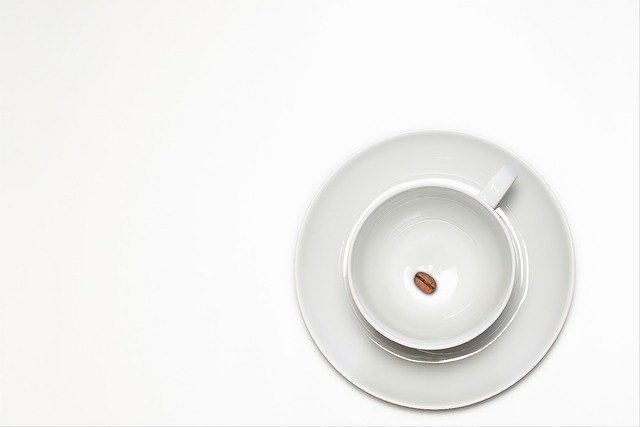
Mastering the art of drip coffee at home can bring the café experience right to your kitchen. The key to achieving café-quality brews lies in understanding the intricacies of your equipment and the variables that influence flavor, such as grind size, water temperature, and brew time. Start by ensuring your coffee grinder is set to a medium-coarse consistency; this allows for optimal extraction without over-extracting or under-extracting the coffee flavors. The water should be heated to just below boiling—typically around 195°F to 205°F (90°C to 96°C)—as water that’s too hot can scald the coffee grounds, leading to a bitter taste.
Preparation is crucial; before turning on your brewer, pre-wet the filter with warm water to remove any paper residue and to rinse your coffee equipment, ensuring all components are primed for optimal flavor extraction. When you’re ready to begin, measure out 60 grams of ground coffee for every liter of water you plan to brew. Place the coffee in the filter basket, then slowly pour the water over the grounds in a steady, uniform stream. The brewing process should take about 4 minutes from start to finish. Throughout this time, observe how the coffee is flowing; it should drip at a moderate pace without stopping or rushing. Adjust your technique based on the flavor profile you’re aiming for—a smoother cup might require a finer grind and slightly cooler water, while a bolder taste may benefit from a coarser grind and hotter water. With practice and attention to these details, you’ll be able to consistently produce a cup that rivals your favorite café.
Milk Frothing Secrets for Barista-Level Coffee Creations
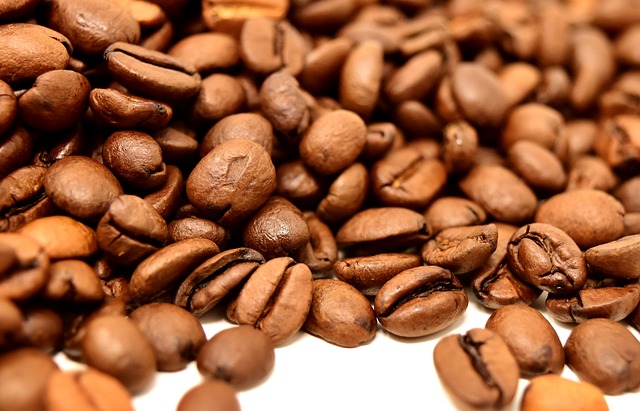
Milk frothing is an art form that elevates a simple cup of coffee to a barista-level creation. The key to perfect froth lies in understanding both the milk and the technique used to transform it. Begin by chilling your milk beforehand; this ensures a more consistent temperature during frothing, which is crucial for achieving the desired texture. Invest in a quality frothing pitcher as it allows you to control the air and steam better. When using a milk frother or a steam wand, start with the tip just below the surface of the milk. Apply steady pressure and gradually increase the height of the pitcher to allow air to mix with the milk. The goal is to create small, fine bubbles that will give you creamy, stable foam. The temperature of the milk should reach about 150°F (65°C)—too cold and it won’t froth properly; too hot and it will burn your mouth. Practice makes perfect, so don’t be discouraged if your first attempts aren’t ideal. With patience and practice, you can master the technique to create barista-level froth for your coffee creations at home. Remember to adjust the amount of milk and the frothing time based on the size of your drink and the type of foam you desire—dry, wet, or something in between. Happy frothing!
Five Healthy Coffee Recipes for a Morning Energizer
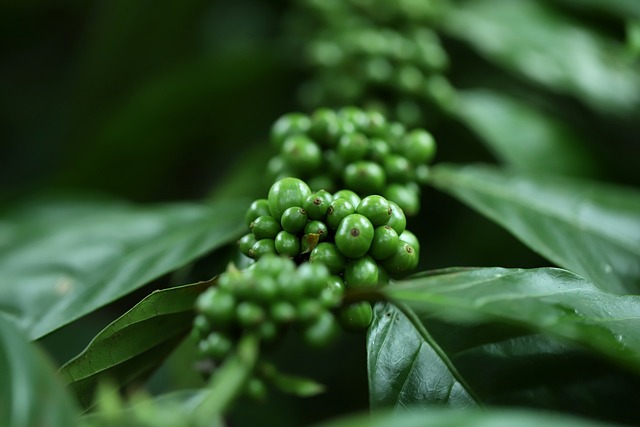
1. Kickstart your day with an energizing and health-conscious twist on the classic coffee drink. Try a Turmeric Latte, blending brewed coffee with turmeric paste, coconut milk, cinnamon, and honey for a warming, anti-inflammatory boost that’s both invigorating and comforting. The curcumin in turmeric is known for its antioxidant properties, while the healthy fats in coconut milk aid in sustaining energy levels throughout the morning.
2. For those looking to enhance their focus and cognitive function, a Mushroom Coffee might be just the thing. This innovative brew combines finely ground coffee with adaptogenic mushrooms like cordyceps or lion’s mane, which are celebrated for their nootropic benefits. Additionally, incorporating grass-fed butter or ghee can provide a steady supply of ketones, which have been shown to support brain health and provide lasting energy without the midday crash. A dollop of MCT oil can further enhance the coffee’s ability to sustain mental clarity and physical stamina, making it an excellent choice for a morning energizer that supports overall well-being.
Top 5 Coffee Recipes to Elevate Your Home Coffee Experience
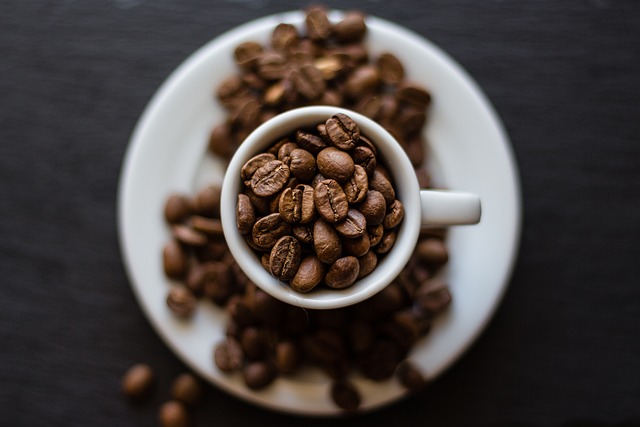
1. Classic Latte with Cinnamon and Honey: Elevate your classic latte by adding a touch of sweetness and warmth with cinnamon and honey. This combination not only complements the rich taste of coffee but also offers a comforting aroma that can transform any ordinary coffee break into an indulgent experience. To prepare, brew your favorite coffee and steam an equal amount of milk until it’s smooth and velvety. Then, gently incorporate a dollop of honey and a pinch of cinnamon into the milk before serving. The natural sweetness of the honey and the spicy kick from the cinnamon will make this latte a cozy delight.
2. Mocha with Cocoa Powder and Whipped Cream: For those with a sweet tooth, a mocha infused with cocoa powder and topped with whipped cream is a decadent treat. Start by brewing a strong coffee of your preference. Meanwhile, heat milk until it’s ready for frothing. Add unsweetened cocoa powder to the frothed milk, adjusting the amount according to your taste. Pour this chocolatey concoction over your coffee and top with a generous swirl of whipped cream. This recipe is perfect for chocolate lovers looking to indulge in a café-quality mocha at home.
3. Vanilla Spice Coffee: A delightful blend of vanilla and spices can transform a regular cup of joe into a sophisticated beverage. Brew your coffee as usual, then froth the milk with a pinch of vanilla extract and a mix of ground cinnamon, nutmeg, and cardamom. Combine the brewed coffee with the flavored milk for a cohesive taste that is both aromatic and soothing. The warm, sweet, and spicy notes in this recipe make it a versatile option suitable for any time of day.
4. Salted Caramel Coffee: For those who enjoy a balance of sweet and savory, a salted caramel coffee is an exquisite choice. Begin by brewing your coffee. In a separate bowl, melt caramel sauce and mix in a pinch of sea salt to create a salted caramel mixture. Froth the milk and gently blend the salted caramel into the frothed milk. Pour this over your freshly brewed coffee for a treat that’s both indulgent and complex in flavor.
5. Café-Style Vietnamese Iced Coffee: To recreate this Southeast Asian classic, prepare a strong coffee using a French press or a Vietnamese coffee filter. Dissolve sugar directly into the hot coffee if you prefer it sweet. Then, pour the coffee over ice and add an optional splash of evaporated milk for creaminess. This refreshing and robust iced coffee is a perfect pick-me-up on a warm day, offering a unique taste that stands out from regular iced coffee.
These recipes not only elevate your home coffee experience but also provide a delightful array of flavors to explore. With the right techniques and ingredients, you can craft coffee creations that rival those from your favorite café, all within the comfort of your own home.
Exploring the vast and versatile world of coffee brewing, this guide has traversed through various techniques and recipes, offering insights into crafting the perfect cup at home. From the nuanced art of pour-over to the concentrated joy of a well-pulled espresso shot, and from the cool refreshment of cold brew to the warm embrace of traditional drip coffee, each method has its unique charm and flavor profile. With the mastery of milk frothing, you can now elevate your home coffee experience even further, creating barista-level beverages that rival those from your favorite café.
As we wrap up this journey through the different facets of coffee brewing, remember that the essence lies not just in the recipes and methods but also in the appreciation of each cup’s nuances and the moments of tranquility or connection it brings. Whether you’re seeking a morning energizer or an afternoon pick-me-up, these guides have equipped you with the knowledge to make healthy, delicious coffee that suits your taste and lifestyle. Happy brewing!







